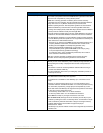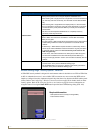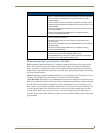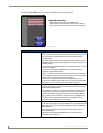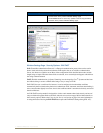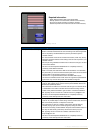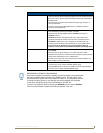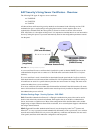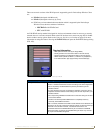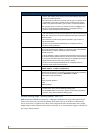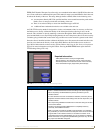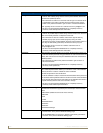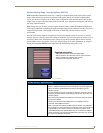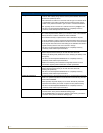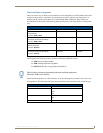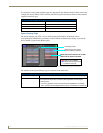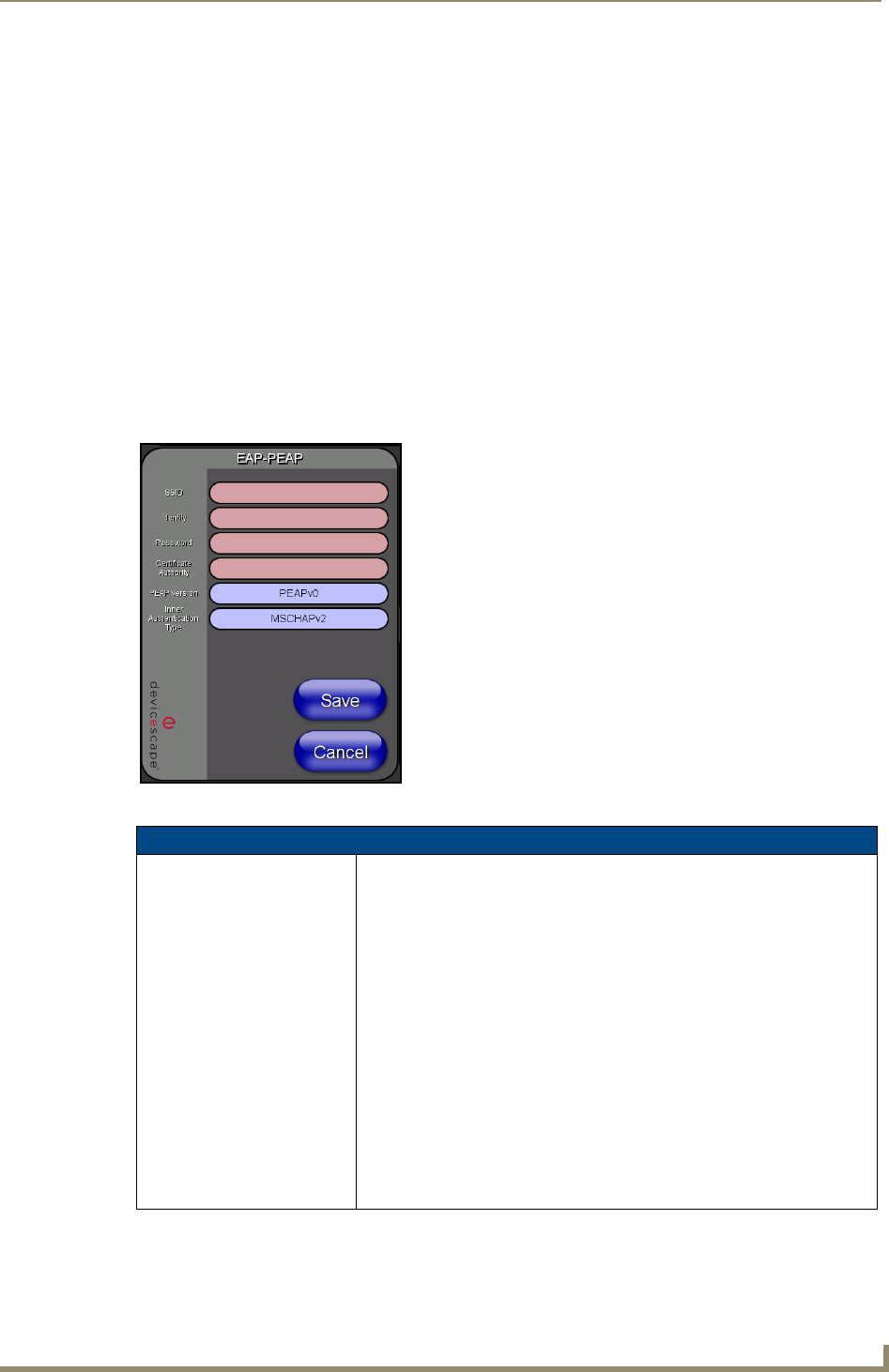
Firmware Pages and Descriptions
125
7" Modero Widescreen Touch Panels
There are two main versions of the PEAP protocol supported by panel’s DeviceScape Wireless Client
are:
PEAPv0 (developed with Microsoft)
PEAPv1 (developed exclusively by Cisco)
PEAP uses an inner authentication mechanism which is supported by the DeviceScape
Wireless Client, the most common of which are:
MSCHAPv2 with PEAPv0 and
GTC with PEAPv1
An EAP-PEAP security method is designed for wireless environments where its necessary to securely
transmit data over a wireless network. Refer to the EAP Authentication section on page 205 for further
details on these security options. Refer to the Using the Site Survey tool section on page 61 for more
information on using this feature. Pressing the EAP-PEAP button opens the EAP-PEAP Settings dialog
(FIG. 109).
FIG. 109 Wireless Settings page - EAP-PEAP security method
Wireless Security - EAP-PEAP Settings
SSID (Service Set Identifier): The SSID is the unique name used on the WAP and then assigned to all
panels in a wireless network that are communicating to the same target WAP.
• This is required by the WAP before the panel is permitted to join the
wireless network.
• It is case sensitive and must not exceed 32 characters, which may be any
keyboard character. Make sure this setting is the same for all points in your
wireless network.
• This unique string identifies the network and is the same string for all users
on the same network.
• Use the on-screen keyboard’s Clear button to completely erase any
previously stored SSID information.
Note: In all cases, the SSID of the WAP must be entered. If it is left blank, the
panel will try to connect to the first access point which can be found that sup-
ports EAP. In this situation however, a successful connection is not
guaranteed because the identified WAP may be connected to a RADIUS
server which does not support the specified EAP type and/or may not have
the proper user identities configured.
Required Information:
- SSID (Network Name used by the Target WAP)
- Identity (similar to the Username used for network access)
- Password (similar to the Password used for network access)
- PEAP Version (PEAPv0, PEAPv1, or PEAPv1 w/ peaplabel=1)
- Inner Authentication Type (supported by the DeviceScape)



